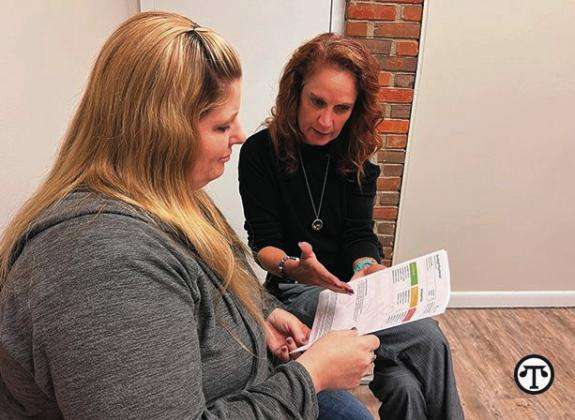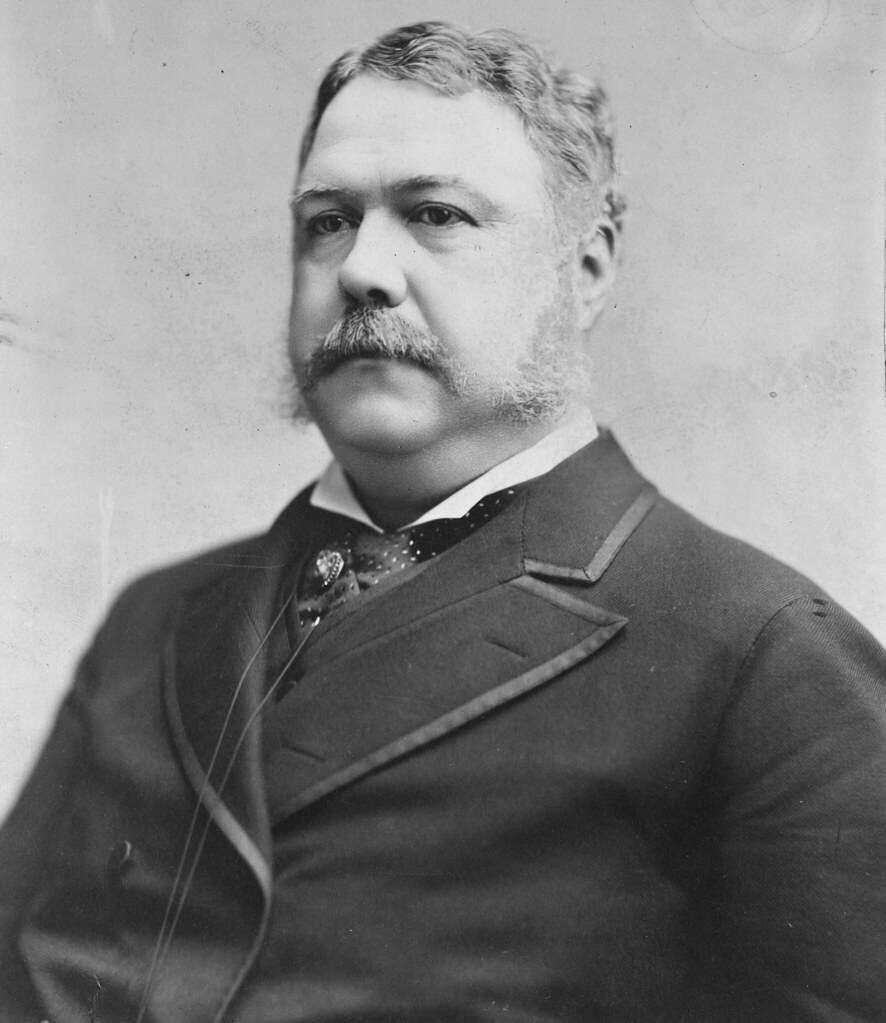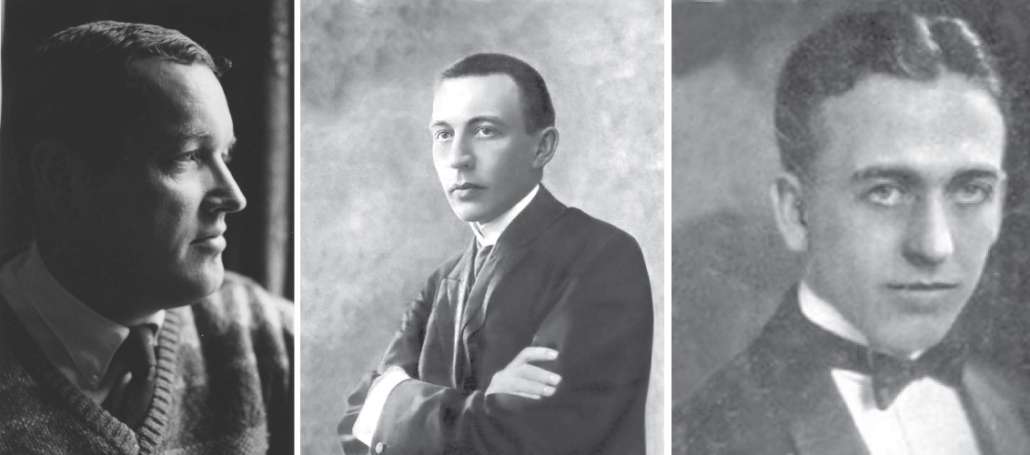SMALL SPACE GARDENING: Late winter tent caterpillar management
 by Melinda Myers
by Melinda Myers
Start this year’s tree pest management with a stroll through the landscape. As you enjoy the scenery, be sure to look for any unwelcome pests that may be overwintering on the twigs of trees.
Look for and remove egg masses of tent caterpillars now through spring. These clusters of eggs look like shiny blobs of mud surrounding the twigs. Each egg mass contains hundreds and in some cases thousands of eggs.
The forest tent caterpillar is the most widely distributed tent caterpillar. It attacks a variety of trees that vary with the region. Check any sugar maples, aspen, cherries, apples, oaks, birch, ash, alder, elm, basswood, or water tupelo trees growing in your landscape.
Trees may suffer damage when large populations of these caterpillars devour the majority of the tree’s leaves for several years in a row. This can result in reduced tree growth, top dieback, and tree mortality. There are several natural predators of this insect pest so working with nature is a great way to help reduce damage. Remove the egg masses found on small twigs that are more easily reached on smaller trees. After the eggs hatch, look for the caterpillars in a silken mat, not a tent like the other tent caterpillars. Remove the young caterpillars from branch tips or squash those resting on the main stem in the evening or on cool days.
You may also see similar egg masses of the Western or Eastern tent caterpillars depending on where you live. Their egg masses look similar to those of the forest tent caterpillar. Remove the egg masses of these tent caterpillars in spring before the eggs hatch.
Once the eggs hatch, the caterpillars begin forming a webby tent in the crotch of the tree. As they feed and grow, the tent expands. They remain in the tent during the hot part of the day and rainy weather.
Knock the tents, caterpillars and all, out of the tree when the majority of caterpillars are in the tent. Smash or dump the caterpillars in a can of soapy water.
Do not burn the tents. This old practice is hazardous and the fire can severely damage the tree, much worse than the insects.
Control is usually not needed on healthy and established trees. If you decide to intervene, consider using an organic insecticide with the active ingredient Bacillus thuringiensis var. kurstaki (Btk). It is effective when applied to the tents soon after they start to form and when the caterpillars are small. Just spray the tent and the surrounding 1.5 feet of leaves. These products only kill caterpillars and will not harm other insects or birds feeding on these pests.
When working with nature, we have help from predatory insects and songbirds when managing these and other garden pests. Taking time this winter for a bit of prevention can go a long way in reducing damage from tent caterpillars.
Melinda Myers has written more than 20 gardening books, including the recently released Midwest Gardener’s Handbook, 2nd Edition and Small Space Gardening. She hosts The Great Courses “How to Grow Anything” instant video and DVD series and the nationally syndicated Melinda’s Garden Moment TV & radio program. Myers is a columnist and contributing editor for Birds & Blooms magazine and her website is www.MelindaMyers.com.













 You can help keep your smile shining, even when your diet isn’t adequate, by taking vitamin and mineral supplements as you need them.
You can help keep your smile shining, even when your diet isn’t adequate, by taking vitamin and mineral supplements as you need them.